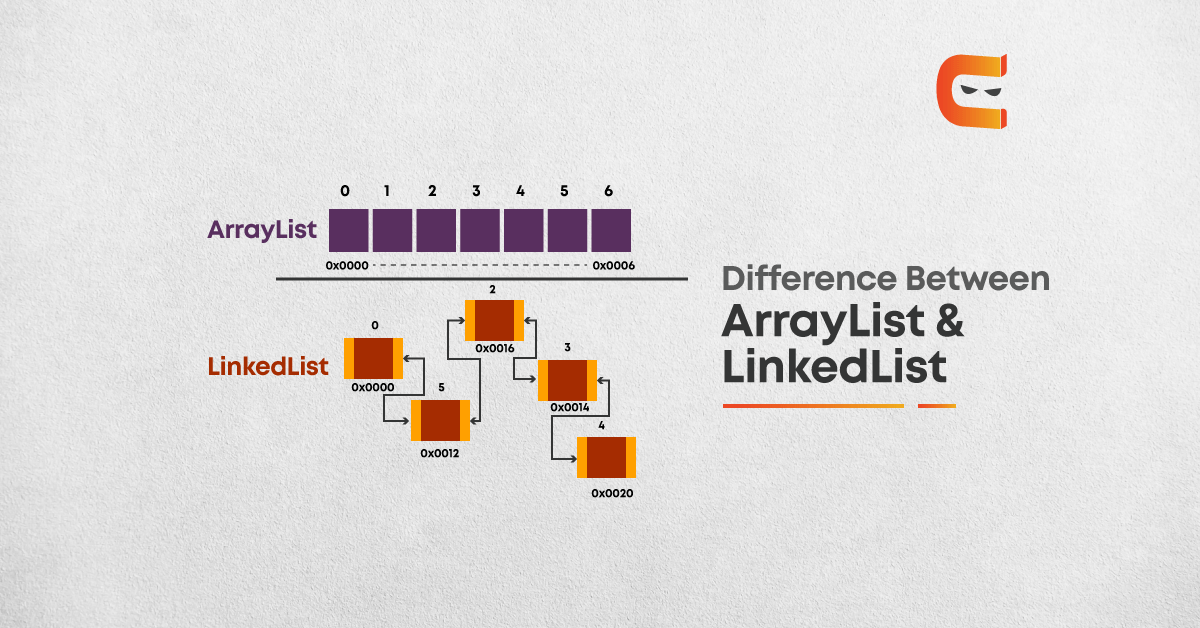
()Īpply a function against an accumulator and each value of the array (from left-to-right) as to reduce it to a single value. ()Īdds one or more elements to the end of an array, and returns the new length of the array.

Removes the last element from an array and returns that element. Returns a new array containing the results of calling a function on every element in this array. Returns the last (greatest) index of an element within the array equal to an element, or -1 if none is found. Returns a new array iterator that contains the keys for each index in the array. Joins all elements of an array into a string. Returns the first (least) index of an element within the array equal to an element, or -1 if none is found. ()ĭetermines whether the array contains a value, returning true or false as appropriate. ()Ĭalls a function for each element in the array. Returns a new array formed by applying a given callback function to each element of the array, and then flattening the result by one level. Returns a new array with all sub-array elements concatenated into it recursively up to the specified depth. Returns the found index in the array, if an element in the array satisfies the testing function, or -1 if not found. Returns the found element in the array, if some element in the array satisfies the testing function, or undefined if not found. Returns a new array containing all elements of the calling array for which the provided filtering function returns true. ()įills all the elements of an array from a start index to an end index with a static value. Returns true if every element in this array satisfies the testing function. Returns a new array iterator object that contains the key/value pairs for each index in the array.

()Ĭopies a sequence of array elements within the array. Returns a new array that is this array joined with other array(s) and/or value(s). Accepts negative integers, which count back from the last item. Returns the array item at the given index. The array's object properties and list of array elements are separate, and the array's traversal and mutation operations cannot be applied to these named properties. Setting or accessing via non-integers using bracket notation (or dot notation) will not set or retrieve an element from the array list itself, but will set or access a variable associated with that array's object property collection.

In general, these are convenient characteristics but if these features are not desirable for your particular use, you might consider using typed arrays.Īrrays cannot use strings as element indexes (as in an associative array) but must use integers. Since an array's length can change at any time, and data can be stored at non-contiguous locations in the array, JavaScript arrays are not guaranteed to be dense this depends on how the programmer chooses to use them. Neither the length of a JavaScript array nor the types of its elements are fixed. are list-like objects whose prototype has methods to perform traversal and mutation operations. Linkedlist linkedlist = new linkedlist() it is a good habit to construct the arraylist with a higher initial capacity. note: the default initial capacity of an arraylist is pretty small. linkedlist, however, also implements queue interface which adds more methods than arraylist and vector, such as offer(), peek(), poll(), etc. vector each time doubles its array size, while arraylist grow 50% of its size each time. vector and arraylist require space as more elements are added.

arraylist is a better choice if your program is thread-safe. vector is similar with arraylist, but it is synchronized. its performance on add and remove is better than arraylist, but worse on get and set methods. linkedlist is implemented as a double linked list. it's elements can be accessed directly by using the get and set methods, since arraylist is essentially an array. as more elements are added to arraylist, its size is increased dynamically. arraylist is implemented as a resizable array. their main difference is their implementation which causes different performance for different operations. From the hierarchy diagram, they all implement list interface.


 0 kommentar(er)
0 kommentar(er)
